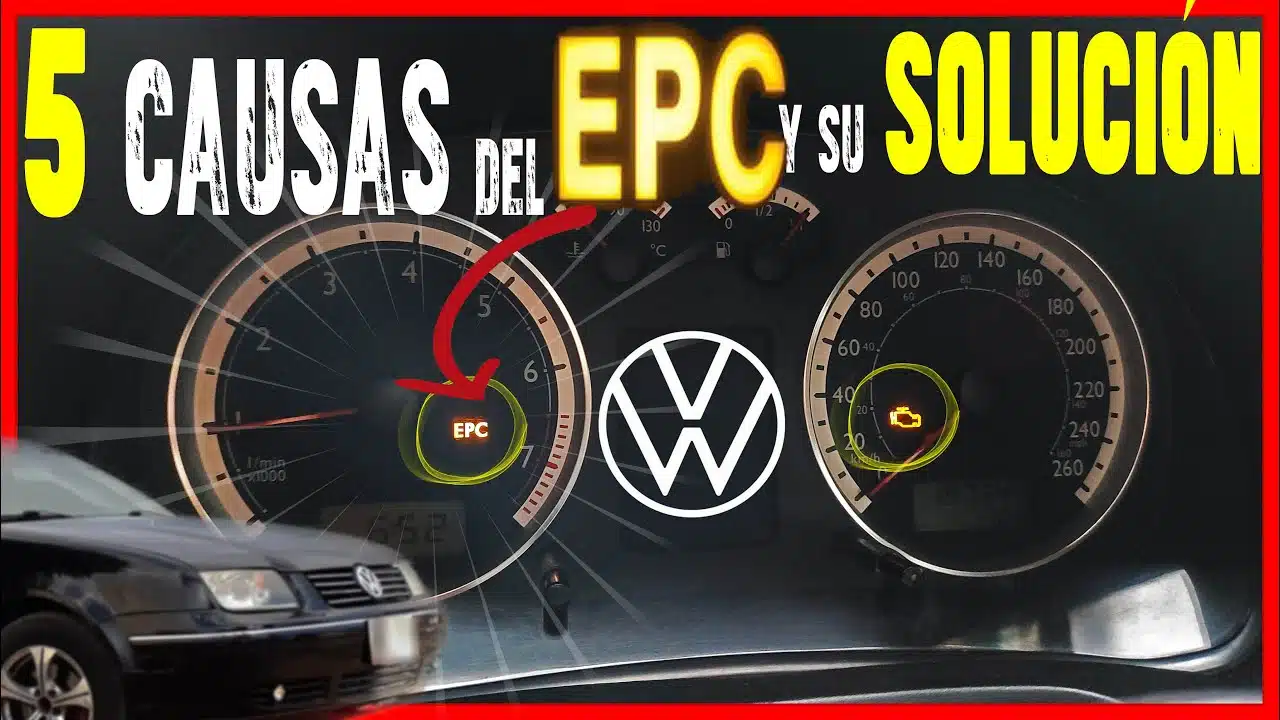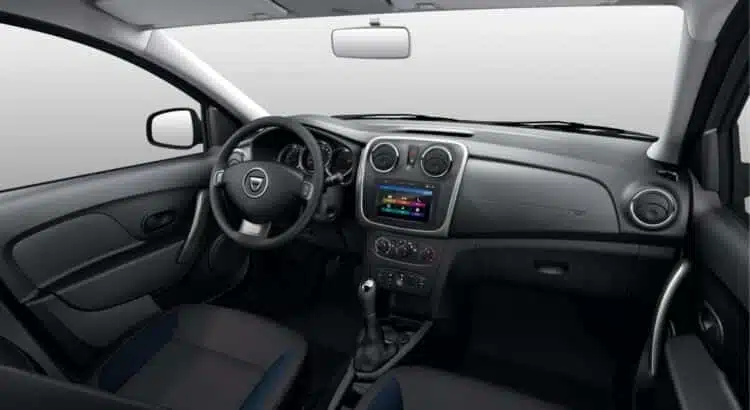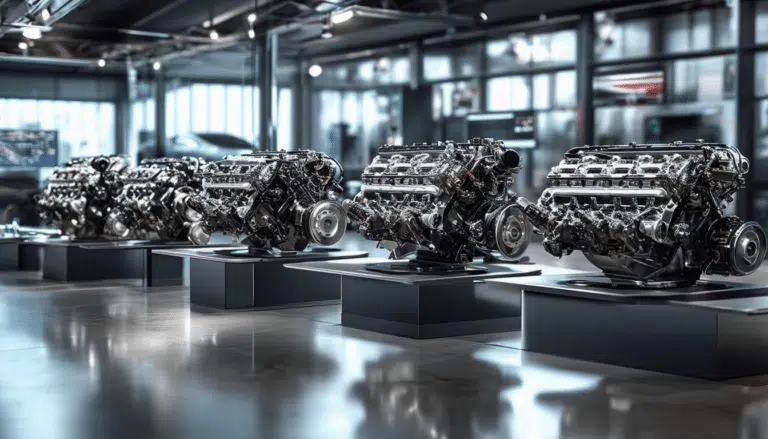Luz del motor encendida: causas y soluciones prácticas

The check engine light is a crucial message that every driver must take seriously. When this light illuminates on your vehicle’s dashboard, it can indicate a range of issues, from minor problems to serious failures that require immediate attention. Understanding the causes behind this warning and knowing the practical solutions that can be implemented is essential to maintaining the health and performance of the engine. By being attentive to this indicator, vehicle owners can prevent greater damage and ensure a safer, more efficient driving experience.
When the check engine light comes on in the instrument panel, it can be a red flag for drivers. This warning light can signal a variety of problems in the vehicle, from minor issues to more serious concerns that require immediate attention. Understanding the causes of this alert and knowing how to act can help avoid costly repairs and prolong the car’s lifespan. In the following content, the most common causes of the check engine light being on will be explored, as well as practical solutions and advice on how to proceed when this situation arises.
Understanding the Role of the Check Engine Light
Definition and Importance of the Check Engine Light
The check engine light, usually orange, is a visual indicator found on the dashboards of modern vehicles. It activates when the engine management system detects an anomaly. Its primary purpose is to alert the driver to potential problems that could affect the performance and safety of the vehicle.
Consequences of Ignoring the Check Engine Light
Not paying attention to the check engine light can lead to serious consequences for the vehicle. Ignoring this signal could result in significant mechanical failures and increase the risk of accidents. Therefore, it is crucial to act promptly when seeing this alert, as the check engine light serves as a first line of defense against costly mechanical issues.
How the System Detects Anomalies
The on-board diagnostic system of the vehicle is designed to monitor multiple parameters related to engine operation. It detects any deviation from standard values and activates the light to warn the driver. This system uses sensors located in various critical parts, such as the fuel injectors and the exhaust system.
Common Causes of the Check Engine Light Being On
Injection System-Related Problems
A malfunctioning injection system is often among the main reasons why the check engine light turns on. Failures in the injection pump or injectors can affect the internal combustion of the engine, resulting in an inadequate mix of air and fuel, which can impact fuel efficiency and performance.
Exhaust System Anomalies
Components such as the air flow meter or lambda sensor are crucial for managing the vehicle’s emissions. A deterioration in these elements can prevent the proper evacuation of gases, leading to contamination levels that exceed permissible limits, triggering the check engine light.
- Faulty air flow meter
- Malfunctioning lambda sensor
Ignition Problems
The spark plugs are responsible for igniting combustion in the engine. A failure in these components can seriously affect the vehicle’s starting. A damaged ignition system commonly causes irregular engine operation.
| Failure | Impact |
| Spark plug | Difficulty starting |
| Glow plug | Shaky engine |
What to Do When the Check Engine Light Comes On
Initial Actions to Take
It is not advisable to panic upon noticing that the check engine light is on. Below are some immediate actions to consider:
- Reduce speed and drive safely until reaching a safe location
- Consult the owner’s manual to follow the manufacturer’s recommendations
- Check the engine fluids: oil and coolant
Using a Diagnostic Tool
For those who have access to an OBD-II diagnostic tool, reading the error codes can provide a clear idea of the nature of the problem. This tool is essential for anyone wanting to maintain regular checks on their vehicle.
Consulting a Professional
If the light remains on after performing basic checks, it is advisable to go to a certified mechanic’s workshop. A professional will be able to conduct a thorough analysis and offer solutions according to the detected failure.
Is it Safe to Continue Driving with the Check Engine Light On?
Risks Associated with Driving with the Check Engine Light On
Driving with the check engine light on may seem harmless, but it carries significant risks. Ignoring this signal can lead to costly damage to the vehicle, and even worsen the original failure.
When It’s Acceptable to Keep Driving
In some circumstances, it is possible to continue driving as long as the vehicle’s behavior is not affected. Here are some situations to consider:
- The light is not blinking
- There are no unusual sounds from the engine
- No loss of power is detected
Provisional Driving in Case of Emergency
If it is absolutely necessary to keep driving while waiting for mechanical intervention, it is vital to maintain a moderate speed and avoid long trips or situations that require rapid acceleration. This will help minimize the risks until the repair.
Simple Solutions to Turn Off the Check Engine Light
Basic Checks
Sometimes, the reason for the check engine light being on may be a simple error that can be resolved easily. Here are some initial checks:
- Check that the fuel cap is properly tightened
- Confirm the engine oil and coolant levels
Electronic Reset
In certain cases, disconnecting the battery from the vehicle for a few minutes can reset the system and turn off the light. However, it is crucial not to ignore the underlying problems that caused the original light to turn on.
Specific Maintenance Product
Some motor additives can help resolve minor issues by cleaning the injectors or reducing component fouling. These products are often available at specialty stores and can offer a temporary solution for treating certain symptoms.
It is essential to be aware of the warning signs that the vehicle presents and act quickly when seeing the check engine light on, as this not only prevents greater complications but also ensures optimal vehicle performance.
For more information on how to handle various engine problems, check out this article about pioneering pistons or the need to warm up the engine in winter.
Conclusion on the Check Engine Light Being On: Causes and Practical Solutions
The check engine light is a crucial indicator for the health of modern vehicles. Its appearance should not be taken lightly, as it can signal problems that range from minor repairs to significant engine failures. Understanding the common causes, such as issues with the injection system, failures in the exhaust system, or spark plug malfunctions, is essential for effectively addressing the situation.
Ignoring this signal can lead to severe consequences, including increased repair costs and safety risks while driving. Therefore, it is vital to act quickly upon noticing that the check engine light is on. The first response should be to check basic aspects, such as the fuel level and the fuel cap’s connection, which are often simple causes to resolve.
If the simple checks do not resolve the problem, it is recommended to use OBD-II diagnostic tools that allow reading error codes and understanding the situation better. If the light remains on, the most prudent course of action is to consult a mechanical professional who can conduct a thorough diagnosis and offer the appropriate solutions.
Prevention is key in vehicle maintenance. Regular checks and addressing any anomalies immediately will help ensure the longevity of the engine and safety on the road. With good knowledge and reaction to the check engine light being on, vehicle owners can avoid significant complications and keep their cars in optimal condition.






